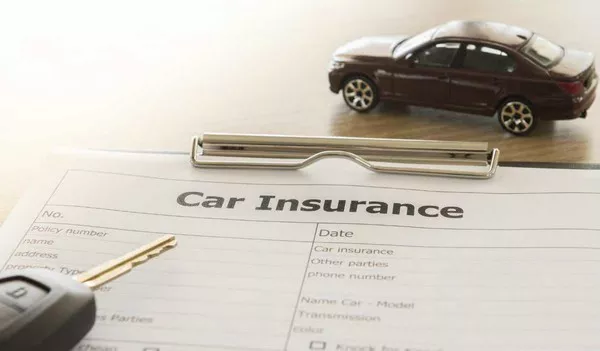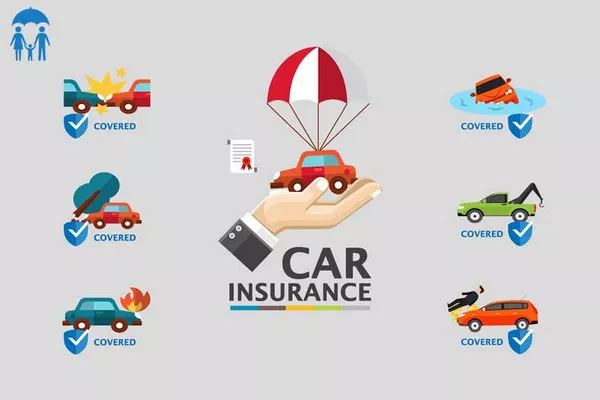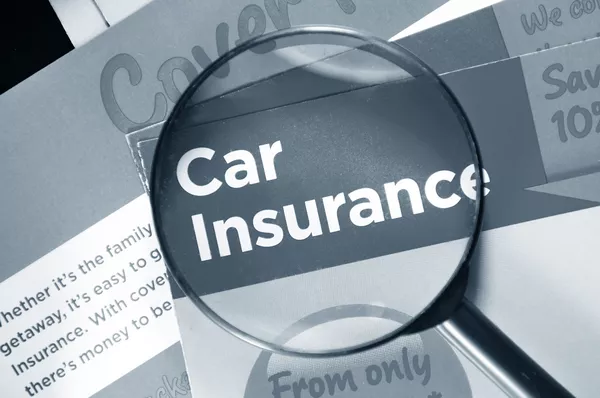Leasing a car can be an attractive option for those who want to drive a new vehicle without committing to a long-term purchase. However, leasing also comes with specific insurance requirements and considerations that can differ from those associated with owned vehicles. Understanding how insurance works on leased cars is crucial for ensuring you meet your obligations while protecting yourself and your investment. In this article, we will explore the intricacies of car insurance for leased vehicles, including required coverage types, how premiums may differ, and tips for navigating the insurance landscape effectively.
What Is a Leased Car?
A leased car is a vehicle that you rent for a specified period, typically ranging from two to four years. At the end of the lease term, you return the vehicle to the leasing company, often with the option to buy it at its residual value. Leasing is different from purchasing a car, as you do not own the vehicle; rather, you are essentially paying for its use during the lease period.
Insurance Requirements for Leased Cars
When leasing a vehicle, you must maintain specific insurance coverage to protect both yourself and the leasing company. Most leasing companies have strict insurance requirements that must be adhered to in order to lease a vehicle.
Comprehensive and Collision Coverage
Leasing companies typically require you to carry both comprehensive and collision coverage.
Comprehensive Coverage: This protects against non-collision-related damage, such as theft, vandalism, or natural disasters.
Collision Coverage: This covers damages resulting from accidents, regardless of fault.
Liability Coverage
While all states require a minimum amount of liability insurance, leasing companies may impose higher limits to protect their financial interests. It is essential to check the specific requirements from your leasing company.
Gap Insurance
Gap insurance is highly recommended for leased vehicles. If your car is totaled or stolen, standard insurance will only cover its current market value. However, if you owe more on the lease than the car’s value, gap insurance covers the difference, protecting you from financial loss.
Personal Injury Protection (PIP) or Medical Payments
Depending on your state’s requirements, you may also need personal injury protection (PIP) or medical payments coverage. These cover medical expenses for you and your passengers in the event of an accident.
See Also: What Happens to a Totaled Car? A Comprehensive Guide
How Insurance Works for Leased Cars
Understanding how insurance works for leased vehicles is crucial for ensuring you meet all requirements and adequately protect your investment. Here’s how the process generally unfolds:
Purchasing Insurance Before Leasing
Before you finalize your lease, it’s essential to shop for insurance. The leasing company will likely require proof of insurance, so you should have a policy in place before taking possession of the vehicle.
Selecting Coverage Levels
When choosing an insurance policy for a leased vehicle, you must select coverage levels that comply with both state laws and leasing company requirements. Pay close attention to liability limits, as these often need to be higher than the minimum required by law.
Maintaining Coverage During the Lease Term
Once you lease a vehicle, you must maintain the required insurance coverage for the entire duration of the lease. Failing to do so can result in penalties, including termination of the lease agreement or additional fees.
Filing a Claim
If you get into an accident or your leased vehicle is damaged, you will need to file a claim with your insurance provider. The process involves:
Contacting Your Insurer: Report the accident or damage as soon as possible.
Documentation: Provide any required documentation, including a police report if applicable.
Assessment: Your insurance company will assess the damage and determine the payout based on your policy terms.
Paying the Deductible
In the event of a claim, you will likely need to pay a deductible, which is the out-of-pocket amount you are responsible for before your insurance kicks in. Make sure you understand your policy’s deductible amounts for both comprehensive and collision coverage.
Vehicle Repairs
If your leased vehicle is damaged, the insurance company will typically work with a repair shop to handle the repairs. Depending on your policy and the extent of the damage, the insurance will pay the repair costs minus your deductible.
Returning the Vehicle
When your lease term ends, you will return the vehicle to the leasing company. Any damage not covered by insurance (beyond normal wear and tear) may result in additional fees charged to you. Having adequate insurance can help ensure that the costs of repairs or other expenses are handled appropriately.
Differences Between Leased and Owned Vehicles
Insurance for leased vehicles comes with specific requirements that differ from those associated with owned cars. Here are key differences to keep in mind:
Coverage Requirements
Leased vehicles typically require higher coverage limits than owned vehicles due to the leasing company’s financial interest.
Gap Insurance Necessity
While gap insurance is optional for owned vehicles, it is often recommended (and sometimes required) for leased cars to protect against financial loss in the event of a total loss.
Maintenance of Coverage
With leased vehicles, it’s crucial to maintain continuous coverage throughout the lease term. Missing a payment or allowing the policy to lapse can have serious consequences.
Restrictions on Modifications
Leased cars usually have restrictions on modifications or alterations, whereas owners have more flexibility to customize their vehicles. This can impact insurance considerations, especially if modifications affect the vehicle’s value or safety.
Tips for Finding the Right Insurance for Your Leased Car
Finding the right insurance policy for your leased vehicle is essential for compliance and protection. Here are some tips to help you navigate the process:
Shop Around
Take the time to compare quotes from different insurance providers. Each company may offer varying rates and coverage options, so finding the best deal for your needs is essential.
Understand Coverage Limits
Make sure you fully understand the coverage limits required by both your state and the leasing company. Ensure your policy meets or exceeds these requirements.
Consider Bundle Discounts
If you have multiple insurance needs (e.g., home and auto), consider bundling your policies with the same insurer to potentially save on premiums.
Review Your Policy Regularly
Life circumstances change, and so do your insurance needs. Review your policy regularly to ensure it still meets your requirements, especially before returning the leased vehicle.
Ask About Discounts
Many insurance companies offer discounts for various reasons, such as safe driving records or taking defensive driving courses. Be sure to ask about any discounts you may qualify for.
Conclusion
Understanding how insurance works on leased cars is essential for ensuring compliance with leasing agreements and protecting your investment. By maintaining the required coverage, shopping around for the best rates, and staying informed about your policy details, you can navigate the insurance landscape confidently. Whether you’re a first-time lessee or looking to renew an existing lease, being well-informed about insurance for leased vehicles can save you money and stress in the long run. Always remember to review your coverage needs regularly and take advantage of available discounts to keep your costs manageable.
You Might Be Interested In






















